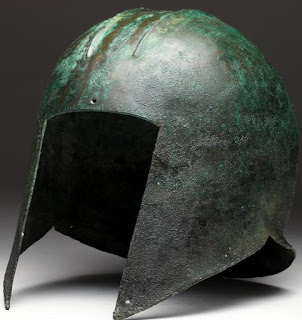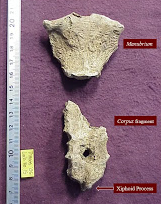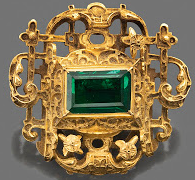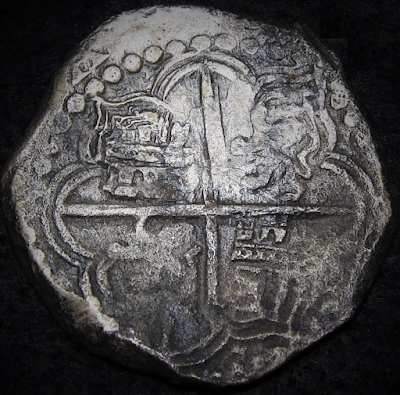A monumental discovery emerged from the windswept plains of Ceyranchol in western Azerbaijan: a 3,800-year-old Middle Bronze Age kurgan, the burial site of a high status warrior.




At the heart of this burial mound, a richly furnished tomb was revealed. The burial chamber—2 meters wide, 6 meters long, and 3 meters deep—was divided into three symbolic sections: one for the human remains and weaponry, another for ceramic vessels, and a third intentionally left empty. The remains belonged to an individual over 2 meters tall. A rare four-pronged bronze spearhead was found in the warrior’s hand, an exceptional weapon type.

Other grave goods included bronze ankle adornments, obsidian tools, paste beads and 12 elaborately decorated ceramic jugs, featuring white inlays and intricate motifs.
Cooked animal bones (goat, horse, cow, and boar), were also found, likely as ritual food offerings. Above the tomb, 14 large limestone slabs (each approx. 1 ton) were discovered, alongside a bull-shaped stone idol and a circular limestone seal.






















































